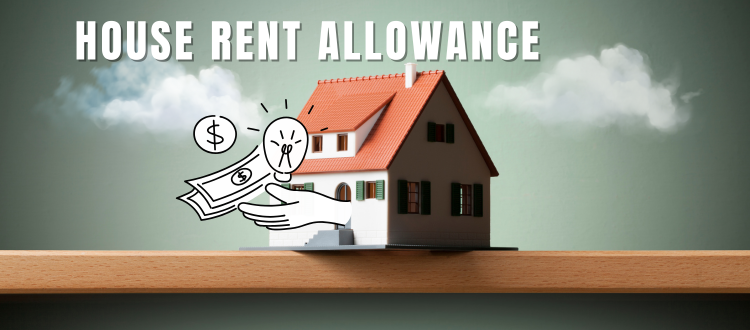
22 Jan Understanding HRA: Your Path to Tax Savings
House Rent Allowance (HRA) is a familiar term for most salaried individuals. It’s there on our pay slips, a part of our income, but how many of us truly understand how it works? Here’s a closer look at why HRA isn’t just another salary component but a powerful tax-saving tool that can make a real difference to your finances.
What Is HRA?
HRA, or House Rent Allowance, is a component of your total salary paid by your employer to assist you with housing expenses. But here’s the exciting part: it’s not just an additional allowance—it’s a way to significantly reduce your taxable income when claimed properly.
However, there’s a catch: HRA is fully taxable unless you actively claim exemptions. With the right approach, a significant portion of your HRA can become tax-free, easing your financial burden. So, how does one unlock this benefit?
Factors That Determine HRA Exemption
The tax-exempt portion of your HRA depends on four main factors:
- Actual HRA Received: This is the amount explicitly mentioned in your salary slip as HRA.
- Rent Paid: The actual amount you pay as rent to your landlord.
- Basic Salary: Only the basic salary (not gross salary or CTC) is considered for HRA calculations.
- City of Residence: Whether you live in a metro city (like Delhi, Mumbai, Kolkata, or Chennai) or a non-metro city affects the exemption calculation. Metro cities enjoy a higher exemption limit.
How to Calculate Your Tax-Free HRA
The tax-free HRA is the least of the following three amounts:
- The actual HRA you received from your employer.
- The rent you pay minus 10% of your basic salary.
- 50% of your basic salary if you live in a metro city (or 40% for non-metro cities).
Example Calculation:
Let’s say:
- Your basic salary is ₹50,000 per month.
- Your HRA is ₹20,000 per month.
- You pay ₹20,000 as rent.
- You live in a metro city.
Here’s how the tax-free HRA is calculated:
- Actual HRA received: ₹20,000
- Rent minus 10% of basic salary: ₹20,000 – ₹5,000 = ₹15,000
- 50% of basic salary (for metro): ₹25,000
The smallest of these amounts is ₹15,000, so that’s the tax-free portion of your HRA.
How to Claim HRA Exemption
To claim the HRA exemption, you need to:
- Provide Your Landlord’s PAN: If your annual rent exceeds ₹1,00,000, you must submit your landlord’s Permanent Account Number (PAN).
- Submit Rent Receipts and Rent Agreement: These serve as proof of rent payment.
Can You Pay Rent to Your Parents?
Yes! If you live in a house owned by your parents, you can pay them rent and still claim HRA exemption. Here’s how:
- Create a formal rent agreement.
- If possible, make payments through bank transfers to keep a clear record.
- Ensure your parents declare the rent as income in their tax filings.
Quick Tips to Maximize Your HRA Savings
- Keep Receipts Safe: Always maintain proper rent receipts and agreements.
- Understand City Classification: Check if your city is classified as metro or non-metro, as this affects the exemption.
- Review Your Salary Structure: Ensure your HRA component is optimized for tax savings.
At Fiscora Solutions, we specialize in simplifying tax concepts and helping individuals make smarter financial decisions. Whether it’s understanding HRA or optimizing your tax planning, we’re here to make it easy for you. Get in touch with us today to learn more.




No Comments